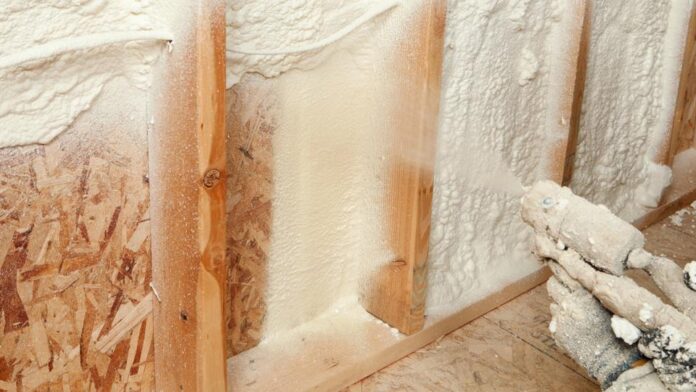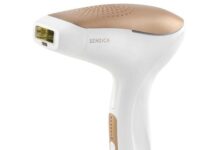If you’re considering insulating part of your house or the whole of it, you’re probably already aware of some of its advantages. The flexibility that foam insulation offers is enviable, making it just the right kind of insulation for crevices and cavities like air pockets and air holes. Concrete slabs and other house surfaces with unusual textures can also benefit from spray foam insulation, ensuring that they don’t absorb too much. Of course, to get the best spray foam insulation, professionals usually do it best. For instance, if you visit the Stellrr Insulation & Spray Foam official site, you’ll appreciate why letting professionals like them do the job is better than going at it alone.
Of course, sometimes you may want to save costs and do things yourself. That’s when a spray foam insulation kit comes in handy. Always remember that the cost of spray foam can be high, with some going for $0.52 per square foot. This is especially the case for types like closed-cell spray foam. The cost of acquiring the spray foam doesn’t take into account the rigors and stress of actually spraying the foam—a very physically demanding task because you’ll have to be in unusual body positions for significant amounts of time.
A Spray Foam Insulation Kit
This is the tool kit necessary to apply the foam to whichever surface you desire. Whether it’s an attic or your kitchen pantry, you’ll need the right accessories to ensure that the spray foam insulation is done right. The components of an average spray foam insulation kit include:
i)ISO (A) cylinder
ii) Polyol (B) cylinder
iii) Dispensing spray gun
iv) Cone spray nozzles
v) Quick-cure polyurethane foam
vi) Gun hose
vii) Fan spray nozzles
Cost of Spray Foam Insulation Kit Costs
A crucial factor in determining the cost of these spray foam insulation kits is the type of foam used. There are two types; the closed-cell type and the open type.
Open-cell spray foam is affordable compared to the closed-cell type. Some low-end ones can cost about $40, with the most expensive going for $700. There is a middle-range price for the type that’s neither high-end nor low-end. You can expect to pay between $300 and $500 for it. In addition to its relative affordability, open-cell spray foam expands well after being sprayed. If you’re looking to cover hard-to-reach spots like nooks, cracks, and crevices in high wall spots, the open-cell spray will do the trick. It’s also an ideal option if you need to soundproof a wall surface.
An important concept to understand when dealing with spray foam of both kinds is the r-value. The r-value denotes the insulating capacity of a material. In this case, it determines how well (or not) a particular type of spray foam will insulate a surface. The higher the r-value, the better the insulation capability.
Open-cell spray foam has a low r-value. This means you can’t expect much insulation after spraying it.
Closed-cell spray is what you want if you live in a cold region or if you have extensive cracks to fill up. This is because it is more compact and stable, providing the kind of structural rigidity needed to augment wall surfaces that could be prone to cracking. The cheapest price you can find for closed-cell spray foam is about $190. For an average price range, expect to pay between $450 and $650. At the high end, some homeowners have been known to pay over $850 for it. Closed-cell spray foam has a higher r-value than the open-cell type, making it ideal for soundproofing a room or if you live in very cold areas.
It’s crucial to remember that a do-it-yourself spray foam insulation kit doesn’t include everything you’ll need for the job. You may have to purchase some of these items yourself. Such items include eye protection glasses, face shields, gloves, and masks. Additionally, you may need plastic or tape to ensure that you don’t accidentally spray an area you’re not working on. While the kit comes with spare spray guns and hoses, they’ve been known to become clogged easily. You may need to buy other spares.
Open-Cell Foam vs. Closed-Cell Foam
Depending on your unique situation, one may be better suited than the other. For instance, if you need to improve the average temperature of your attic and high-ceilinged house, the closed-cell form offers the best insulation given its r-value. Sometimes, the cost may be a factor if you want to spray foam on all the walls of a large house. In this case, open-cell foam makes more sense to use.
































